Buying a SIM Card or eSIM in Ecuador
We may earn a commission from purchases you make after clicking links on this site. Learn more.Ecuador may often get overlooked for its flashier neighbors, but this small South American nation packs a punch. Mountain, ocean, jungle, cities, Ecuador offers it all in a neat little package.
From the glitzy streets of Mariscal Sucre in Quito to the rapid currents of Río Negro where the Andes meet the Amazon, there’s a surprising amount to see and do for a country that gets missed off many travelers’ itineraries.
You know what else what surprising about Ecuador? Just how efficient, reliable and fast its mobile data network is. If you’d like to stay connected while you’re there, tourist SIM cards and travel eSIMs will let you do so quickly and easily.
Here’s what you need to know.
Companies
The main mobile phone companies in Ecuador are Movistar and Claro, with a smaller chunk of the market taken by state-owned CNT.
There are a number of resellers slowly showing up, including Tuenti and Virgin Mobile, but their presence and offers are still quite limited. LTE coverage is widespread with all companies.
Travel eSIM for Ecuador
Travel eSIMs are the most convenient option, since they’ll get you connected before you’ve even got off the plane, but they’ll likely cost more than a local SIM unless you only need a small amount of data.
Of the various companies out there with service in Ecuador, Nomad typically has the best pricing, so that’s who I’d recommend using. There’s a comparison table below with the current pricing for a few different companies.
Need travel insurance for Ecuador?
Need travel insurance for Ecuador?
Like most travel eSIMs, it’s data-only: you don’t get a local number. I use apps for everything from communication to transport these days, so the lack of a local number very rarely matters to me, but you might have different needs.
If you’re new to eSIMs, they offer big benefits to travelers in terms of how quickly, easily, and (often) cheaply you can get connected when you arrive in a new country. Most recent phones support them, and you can read all about them here.
How to Buy a Prepaid SIM Card in Ecuador
Movistar has a presence at the airport in Quito, but if you don’t get one there, the old town is packed with options to buy a SIM card. They’re available from official customer service centers, cell phone stores, and phone repair shops.
In my case, I walked into a Movistar customer center to ask about options. The representative spoke very little English, so some Spanish will get you far.
He explained the available pre-paid plans, and I settled on a package with plenty of data and more calling minutes than I’d use during my two-week trip.
In order to sign up for the plan, I needed to show my passport, which I didn’t have with me. No problem: a photo of it on my phone did the trick. I didn’t need to provide a local address or any other information, and paid cash.
After activating the account, the sales rep inserted the SIM card into my iPhone for me. He asked me to turn off my device and turn it back on after an hour, which is how long the account would take to be fully operative. I did so, and voilà! Ready to roll.
Prepaid SIM and eSIM Costs
Movistar
Tourist packages are available at the airports in Quito and Guayaquil, but as with most tourist SIMs the world over, they’re relatively expensive for what they are. There’s better value for most people in the standard prepaid bundles.
To that end, Movistar offers several different options, costing $1-30 depending on duration and what you need in the way of calls, texts, and data.
As an example, $10 gets you 8GB of general data, plus 3GB for social networks and unlimited Spotify and WhatsApp, valid for 30 days. There’s also unlimited calling to other Movistar numbers, and 150 minutes to other domestic operators.
Claro typically has slightly higher pricing, but often has better coverage in remote areas. It can be a good option if you’re heading well off the beaten track.
Nomad
For all but the smallest data packs, Nomad typically has the best pricing of the eSIM companies that I’ve used. It’s not the only option, of course, and I’ve compared many of them in the past. Here’s how the best ones stack up price-wise in Ecuador.
Topping Up
Movistar
Topping up is straightforward and widely available, from anywhere displaying the sign Recarga aquí (“top up here”).
This includes convenience stores, supermarkets, cell repair shops (of which you’ll find plenty around the country) and official customer service centers.
Nomad
Topping up with Nomad (or any of the other travel eSIM companies) is done by logging into the website or app. You just select your Ecuador eSIM, hit the top-up button, and buy the same package again.
The top-up packs have exactly the same pricing and duration as the original eSIMs: there’s little difference between topping up your current eSIM and buying a new one, other than not having to activate it.
Get regular updates from the world of travel tech and remote work
News, reviews, recommendations and more, from here and around the web
Coverage and Data Speeds
Coverage was pretty consistent all around the country, including Quito and the Amazon entry town of Baños.
It was also very consistent during the bus trip from Quito to Baños. I was very surprised to see how fast 4G/LTE data was in Ecuador.
Although it’s not rolled out everywhere (it was spotty anywhere in the Andes), download speeds reached 40Mbps anywhere it was available. That’s unheard of in many parts of Latin America.
For the rest of the country, 3G/HSPA+ was always available. Data speeds were much slower, but service was consistent and reliable.
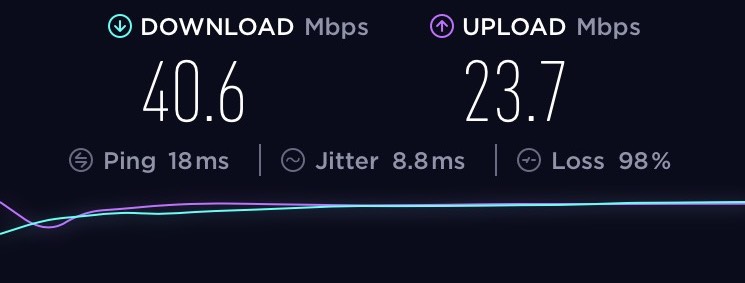
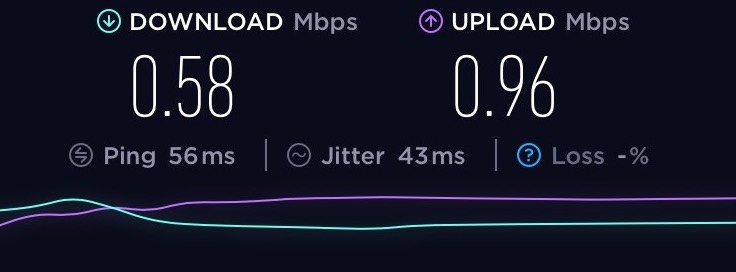
Nomad also uses the Movistar network, so you can expect the same coverage there as well.
Check out our guides to SIM cards and eSIMs in 65+ other countries here.

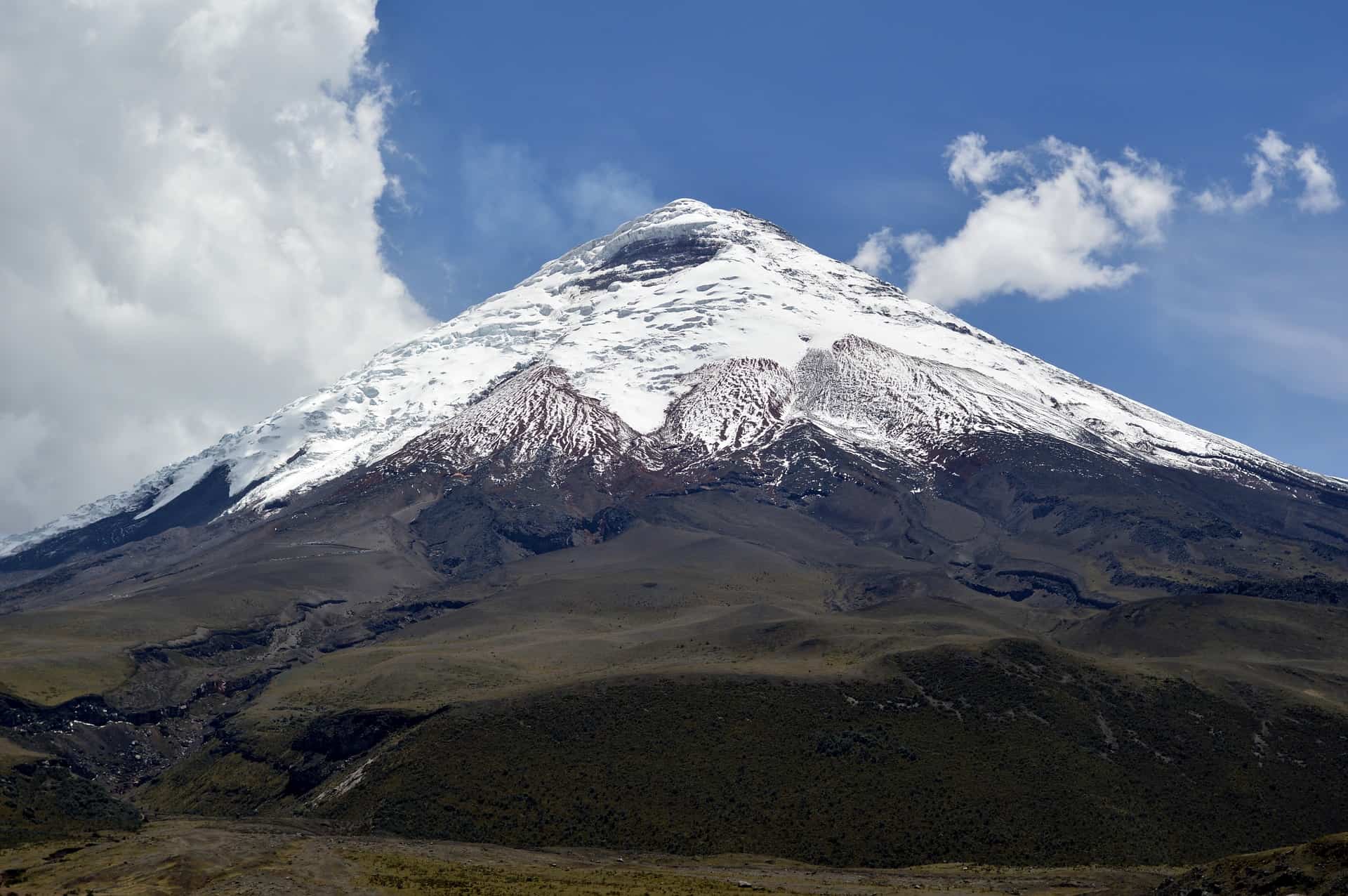
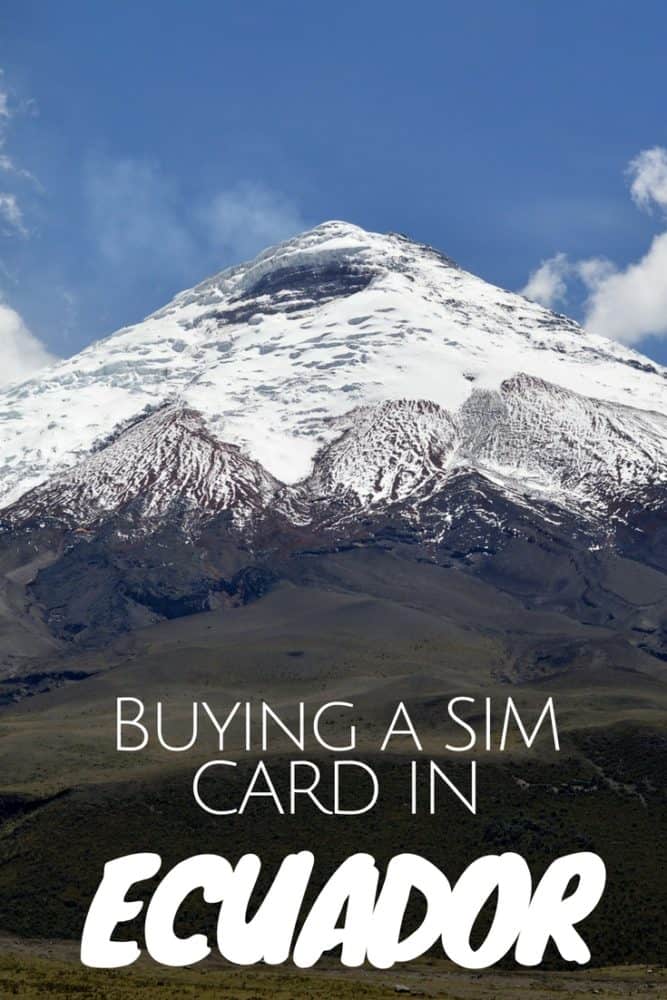

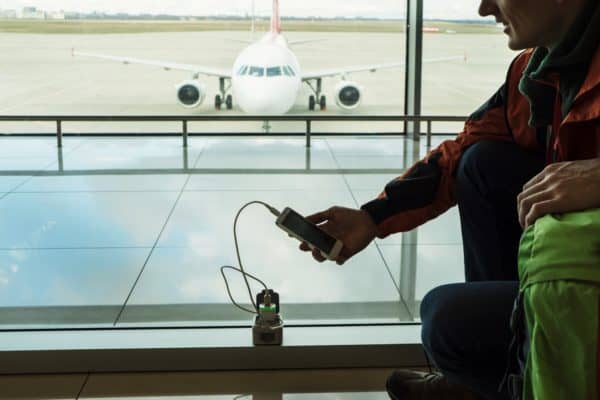

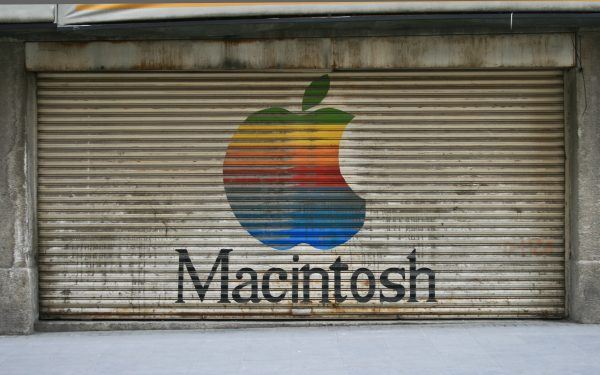

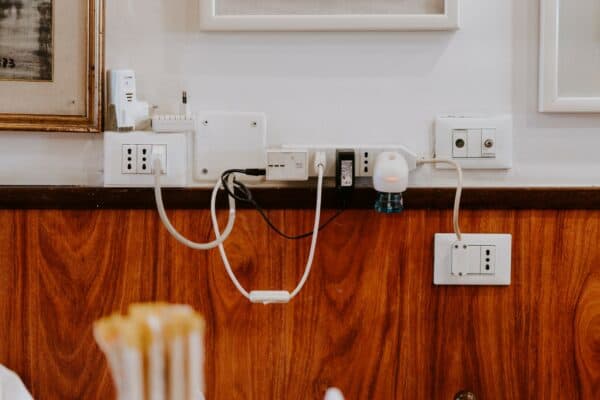
Updates on this article:
I just got a new cheap phone and SIM card in Quito today from an official Movistar store. I’m a British citizen and although I needed to give them my passport number, I wasn’t required to do it under someone else’s name and transfer it later. Probably a law change.
Also, the SIM I was given came the same way as European SIMs, full size with a pop-out smaller SIM in the middle so no need to cut it down.
Thanks for the update, Morgan — sounds like the process has got easier all round. We like that!
Do you know if it is possible to get a sim card at Quito airport?
I believe Movistar, at least, has some sort of presence there.
Hi guys, thanks for the post. Hope to buy the tourist SIM later this year.
Great article which eased my mind, overall. But I have one remaining dumb question…what about costs for texts/calls from outside the country? I’m not concerned in most instances, because I am happy to use WhatsApp as well as accessing WiFi as available, but I can’t control who might text (or have to) call me from home. Where does this internationally based (incoming) texting and calling fit into the equation?
Thanks!
It’s rare (outside the US) to be charged for incoming calls or texts unless you’re roaming. Double-check with the vendor to be certain, but I’d be surprised if there was a cost. If you don’t have any extra credit loaded on your SIM, there’s no money to take off you in any case. 🙂